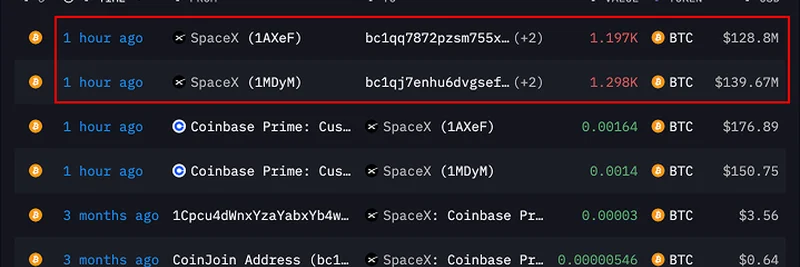In the ever-evolving world of blockchain, where innovation moves at breakneck speed, it's not uncommon for tensions to bubble up within communities. Recently, Andre Cronje, the renowned architect behind projects like Yearn Finance and Sonic Labs, took to X (formerly Twitter) to express his bewilderment about the Ethereum Foundation's (EF) support mechanisms. His post, quoting a lengthy thread from Sandeep Nailwal, CEO of Polygon Foundation, has sparked discussions about where EF resources are truly going.
For those new to the space, the Ethereum Foundation is a non-profit organization that funds and supports the development of the Ethereum blockchain—the second-largest cryptocurrency network by market cap. It plays a crucial role in grants, research, and ecosystem growth. However, Cronje's experience paints a different picture. He revealed that while building on Ethereum, he's personally burned over 700 ETH (that's Ethereum's native token, worth thousands of dollars each) on deployments and infrastructure without any outreach from the EF. No grants, no business development (BD) support, not even a simple retweet to amplify his work.
Cronje's confusion deepened when he began assisting with the Sonic ecosystem—a high-performance blockchain project he's involved with. There, he noticed teams receiving substantial help: BD outreach, grants, total value locked (TVL) incentives, audits, and ongoing marketing support. He assumed this was the standard from the EF, but upon reflection, he's questioning if that's the case. "So who is EF paying/supporting?" he asks pointedly. If it's not going to core builders like Peter Szilagyi (a key Ethereum developer who recently voiced his own frustrations) or vocal Layer 2 (L2) advocates like Sandeep and Polygon, then where?
To provide context, Cronje was responding to Nailwal's candid post, where the Polygon leader expressed growing doubts about his loyalty to Ethereum. Polygon, originally built as a scaling solution for Ethereum, has faced criticism and exclusion from the "Ethereum beta" narrative despite its contributions. Nailwal highlighted how projects like Polymarket are celebrated as Ethereum wins, yet Polygon is often sidelined. He even teased a "final push" to revive the L2 story, urging the community to introspect on why major contributors feel alienated.
This exchange underscores broader issues in the Ethereum ecosystem: fragmented support, tribalism, and a perceived disconnect between the foundation's priorities and on-the-ground builders. For meme token enthusiasts and blockchain practitioners, this matters because Ethereum hosts a massive share of meme coins—from classics like Dogecoin-inspired tokens to newer viral projects. If builders like Cronje and Nailwal feel unsupported, it could accelerate migrations to more welcoming chains like Solana or emerging ones like Sonic, where meme ecosystems are thriving with lower fees and faster transactions.
As the crypto world watches, these public airings could lead to positive change—perhaps more transparent grant processes or better recognition for L2 innovators. In the meantime, it's a reminder that behind the memes and moonshots, real people are grinding to make blockchain better. If you're diving into meme tokens on Ethereum, keep an eye on how these dynamics evolve; they could influence everything from gas fees to project launches.

